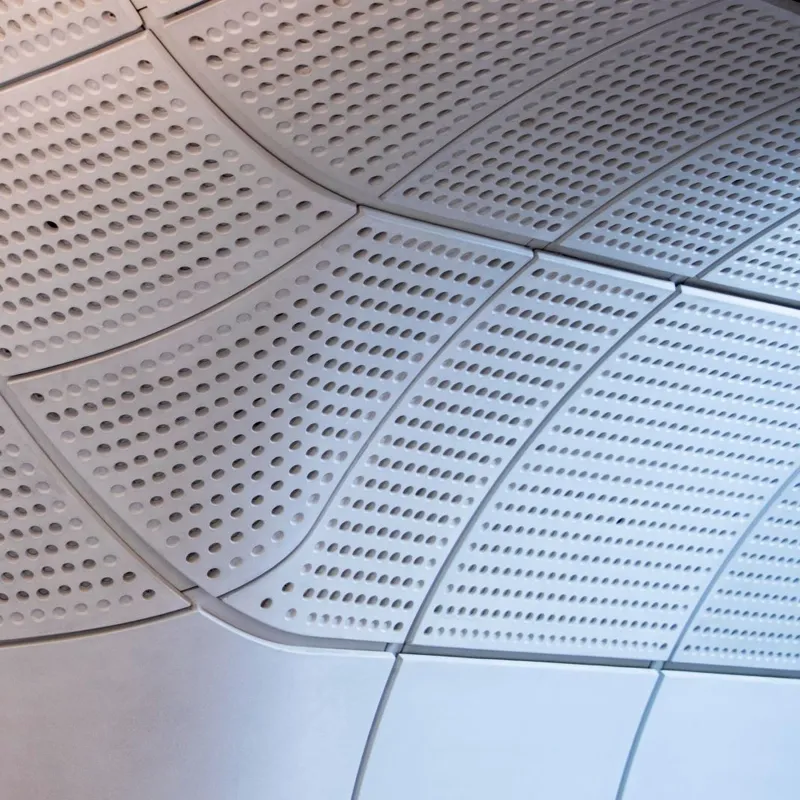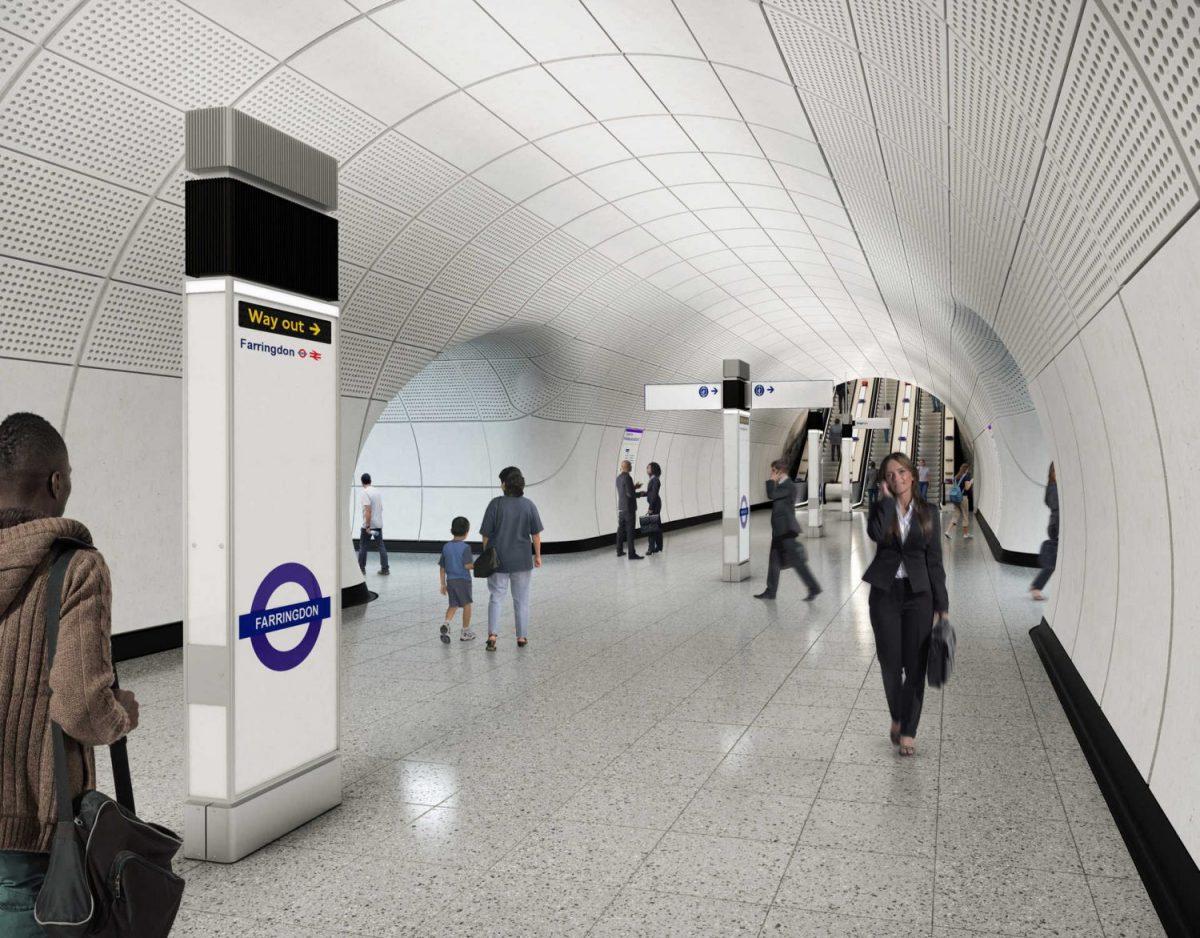
Natural product
Glass Fibre Reinforced Concrete (GFRC) is a material that combines the benefits of both concrete and glass fibers. Its technical properties, quality, and long lifespan enable versatile and innovative applications of a natural product. GFRC is a natural product with characteristic features such as a cloud effect, texture, and colour variations, providing a vibrant appearance on the facade.
When weight is crucial
One of the key advantages of GFRC is its lightweight compared to traditional concrete, making it ideal for projects where weight is a concern, such as high-rise buildings, where structural loads can be significantly reduced. Additionally, GFRC has a high strength-to-weight ratio, meaning it can withstand significant loads and stresses while remaining lightweight.
If you have any questions, do not hesitate to contact us. We will be happy to discuss with you the application of GFRC in your project.

Questions or remarks
Is what you are looking for not among the options?
The selection above only offers a glimpse of the possibilities. If the desired material or surface treatment is not listed, please do not hesitate to contact us. We will be pleased to help you find the perfect materials for your project, as our expertise goes beyond what we are able to show you.
Together, we will find the perfect solution for your unique construction project needs.
